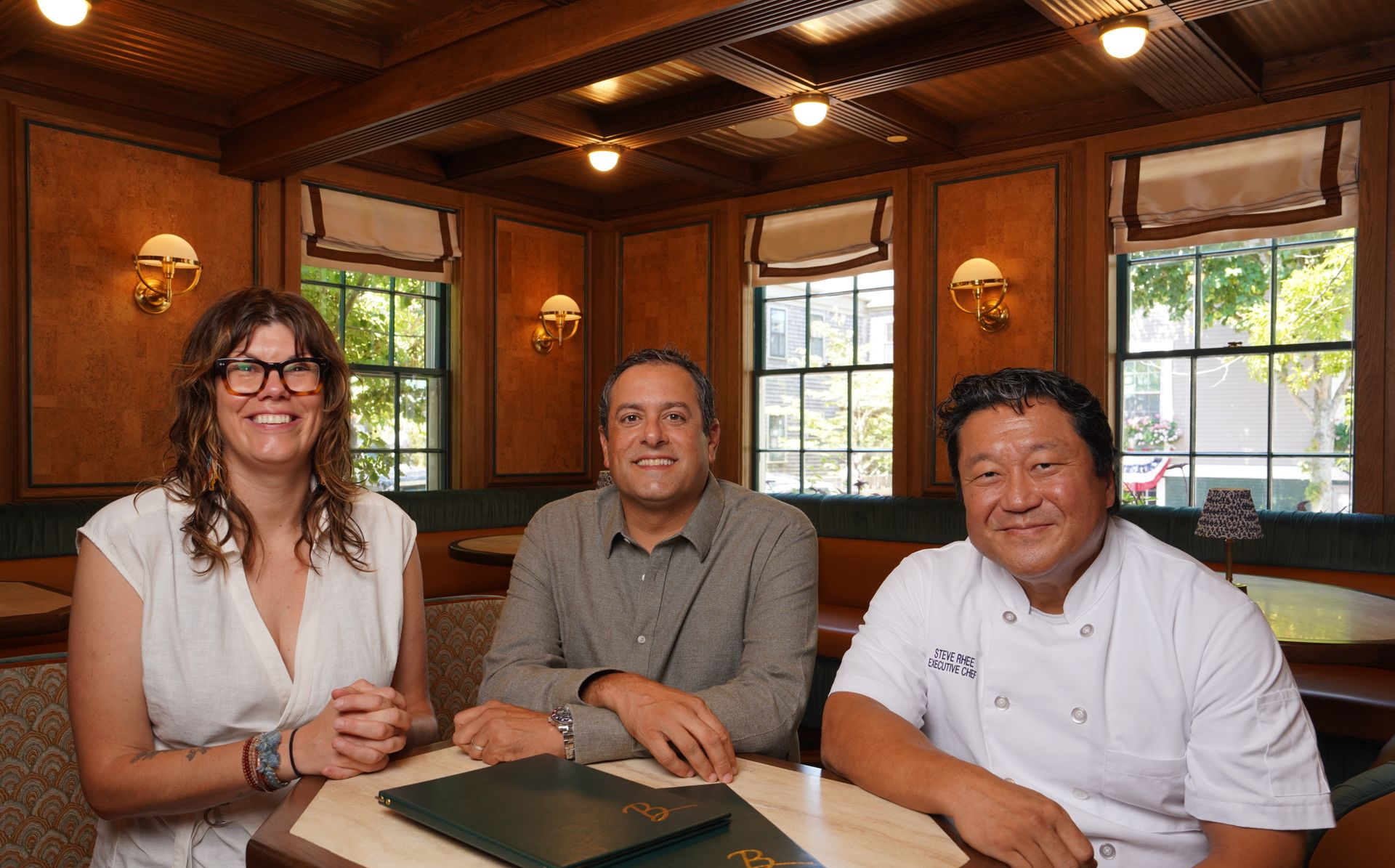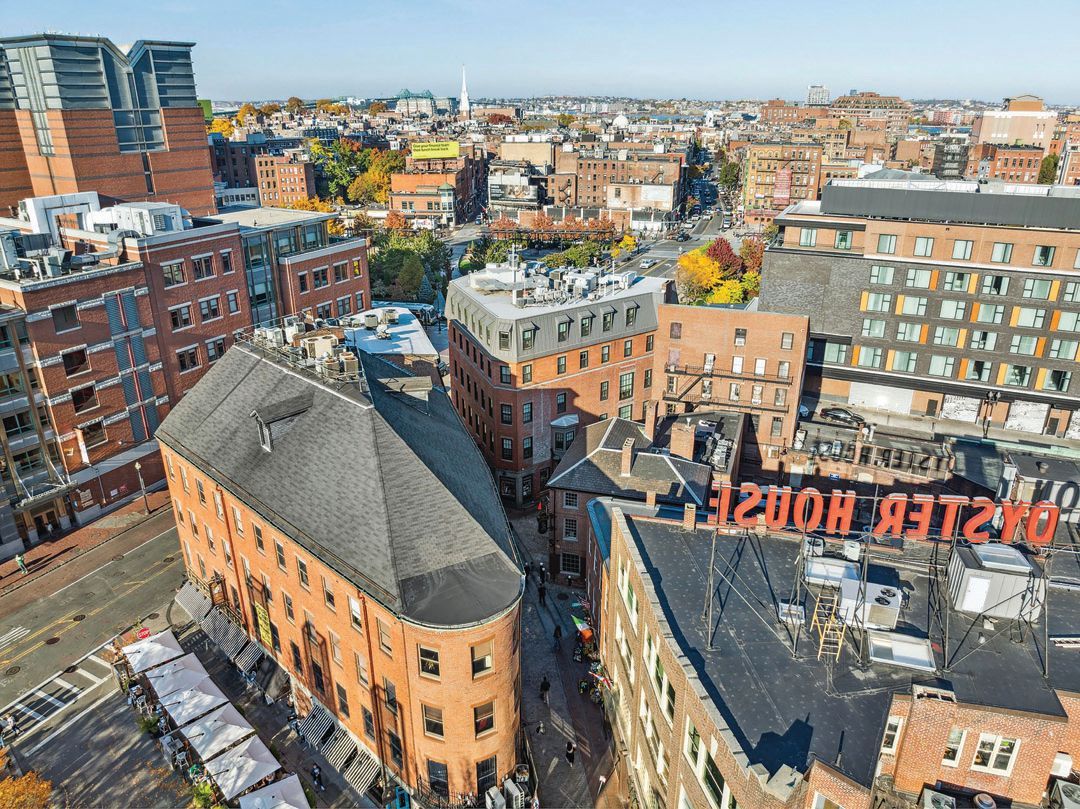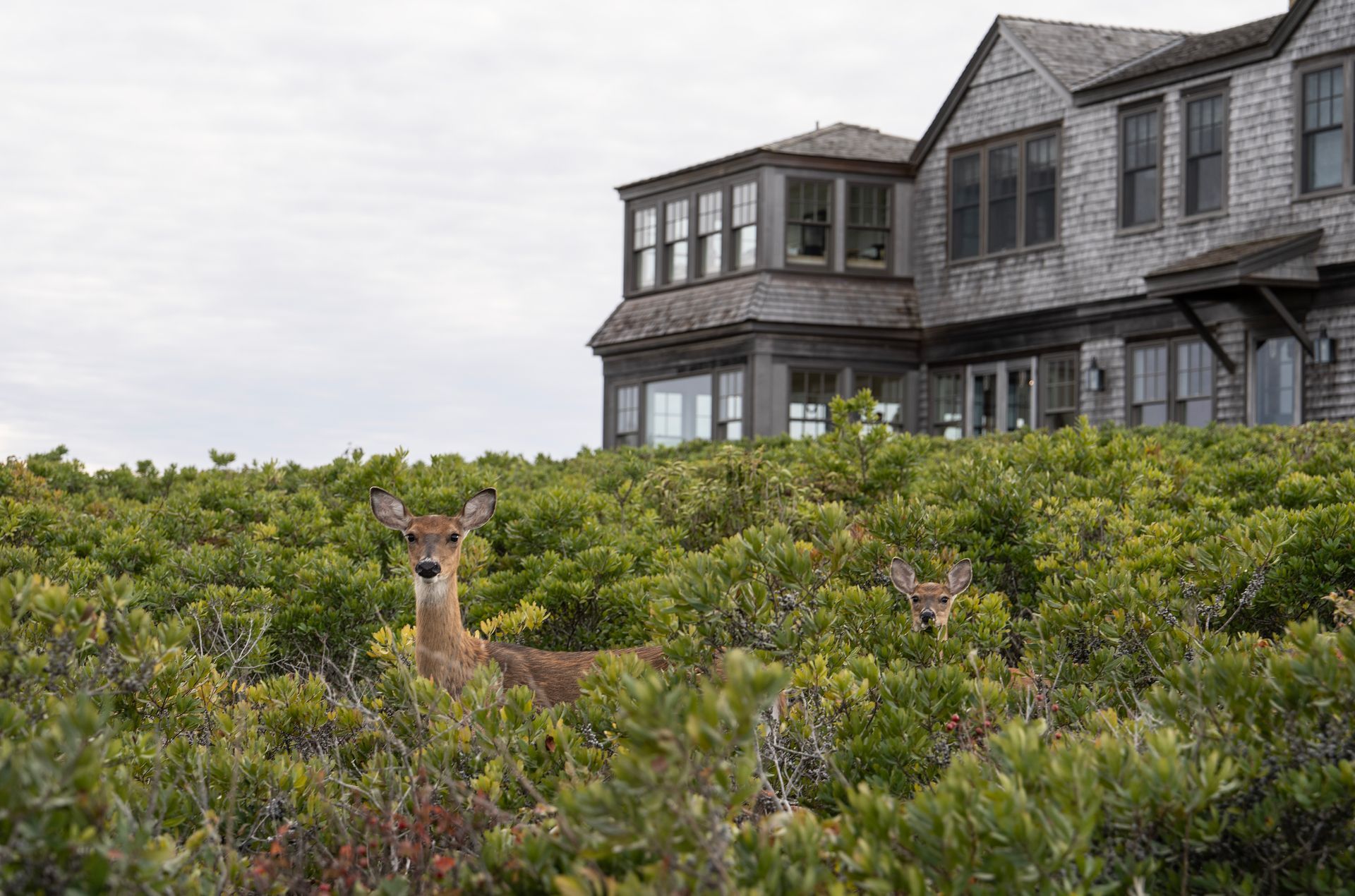WRITE OR FLIGHT
John Lancaster reveals the untold story of a harrowing aviation race.
John Lancaster is known for going to extremes to cover a story. As a longtime foreign correspondent for The Washington Post, he spent two decades in and out of hot zones around the world. He was in Somalia for the U.S. military intervention in 1993. The following year, he moved to Cairo as the Post’s Middle East correspondent. From 2002 to 2006, he was in New Delhi as the South Asia correspondent, reporting on everything from the Indian Ocean tsunami in 2004 to the earthquake in Pakistan in 2005. Leaving the Post, Lancaster went on his own as a freelancer. He was in Kazakhstan for National Geographic, Mumbai for Smithsonian and Colombia for The Surfer’s Journal. So when it came to writing his first book about a deadly transcontinental aviation race held in 1919, few were surprised when Lancaster decided to climb into the cockpit of a tiny single prop plane to fly the 5,400-mile route himself.
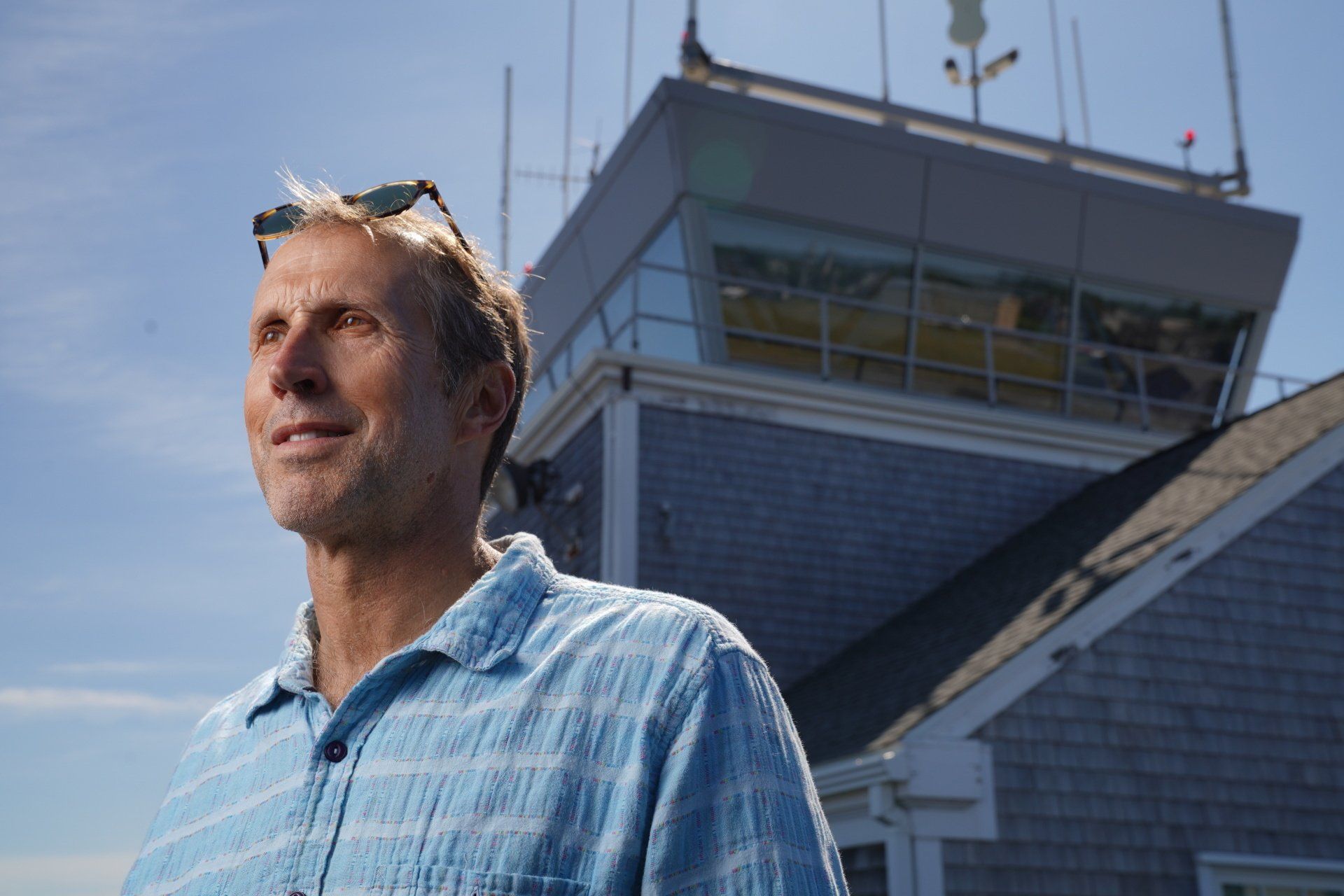
The story began forty years earlier when Lancaster learned to fly on Nantucket. After graduating college in 1980, Lancaster came out to the island and learned how to fly. Climbing into an tattered Cessna 152, he was taught by a local house painter who worked as a flight instructor on the side. “It was a lot more relaxed back then,” Lancaster remembered. “We would putter around and practice stalls over Wauwinet.”
After that summer learning to fly, Lancaster landed a job at the Des Moines Tribune where he covered everything from school board meetings to murders. After a stint at The Atlanta Journal-Constitution, Lancaster reached one of the pinnacles of the printed word by getting hired by The Washington Post—just six years after graduating college. “The Post, particularly when I was there, really placed a premium on storytelling, and to the extent you could get away with it, longer-form narrative journalism,” Lancaster said. “In terms of telling a story, with a beginning, middle and end, that was really helpful background to write my book.”
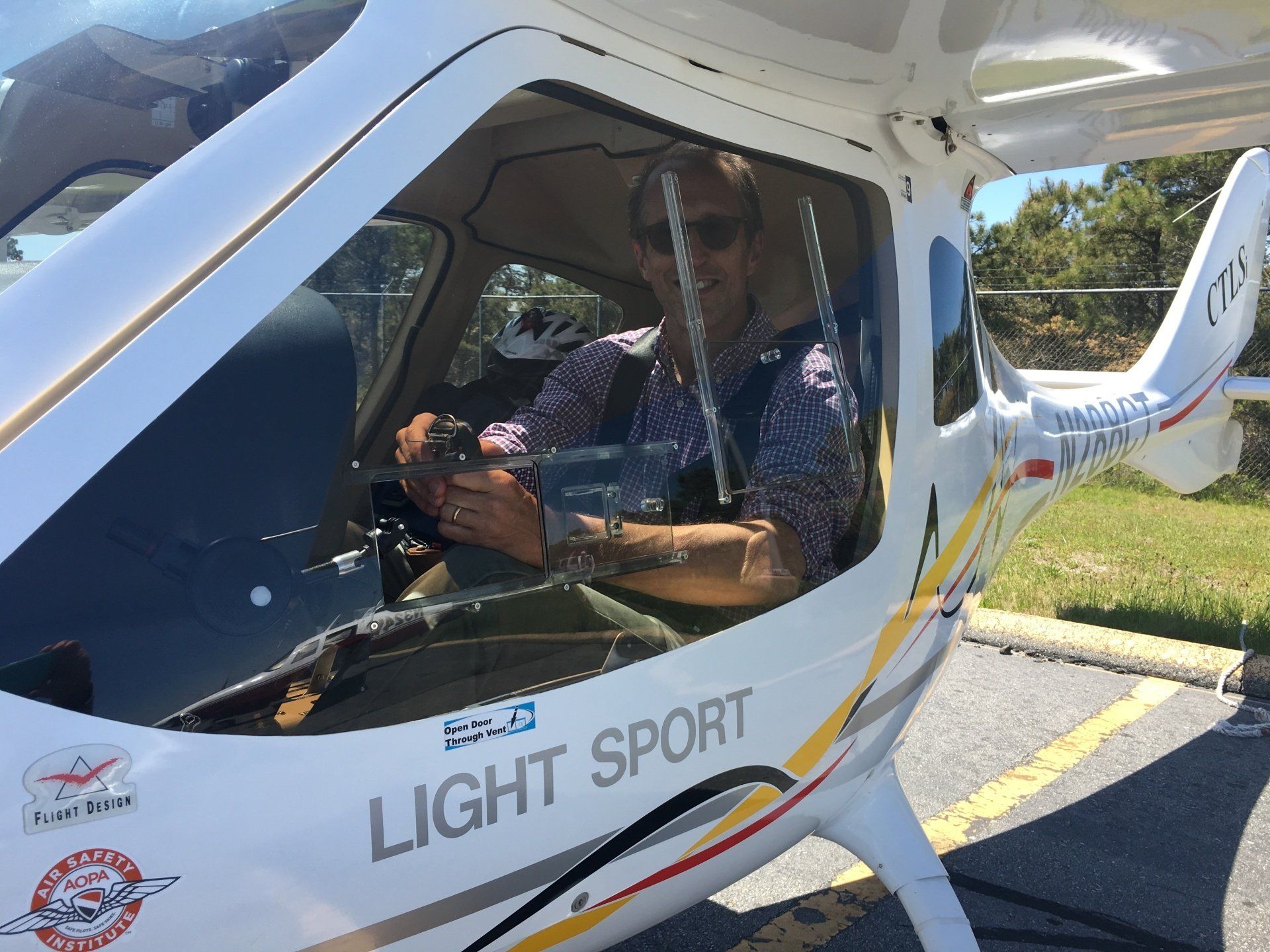
Throughout those years, a desire to write a book had been brewing inside Lancaster. The only problem was he couldn’t land on a subject. “My late father was always my sounding board for these sorts of things,” Lancaster described. “He said something that was blindingly obvious, but it was helpful nonetheless. His advice was ‘follow your interest.’” To that point, Lancaster had been hung up on finding a subject that would sell, that would be marketable. He followed his father’s advice and took a deep dive into his childhood love of aviation history, scouring books, magazines and periodicals for a story yet to be told. That was how he stumbled upon an obscure paragraph detailing a harrowing transcontinental air race that captivated the nation.
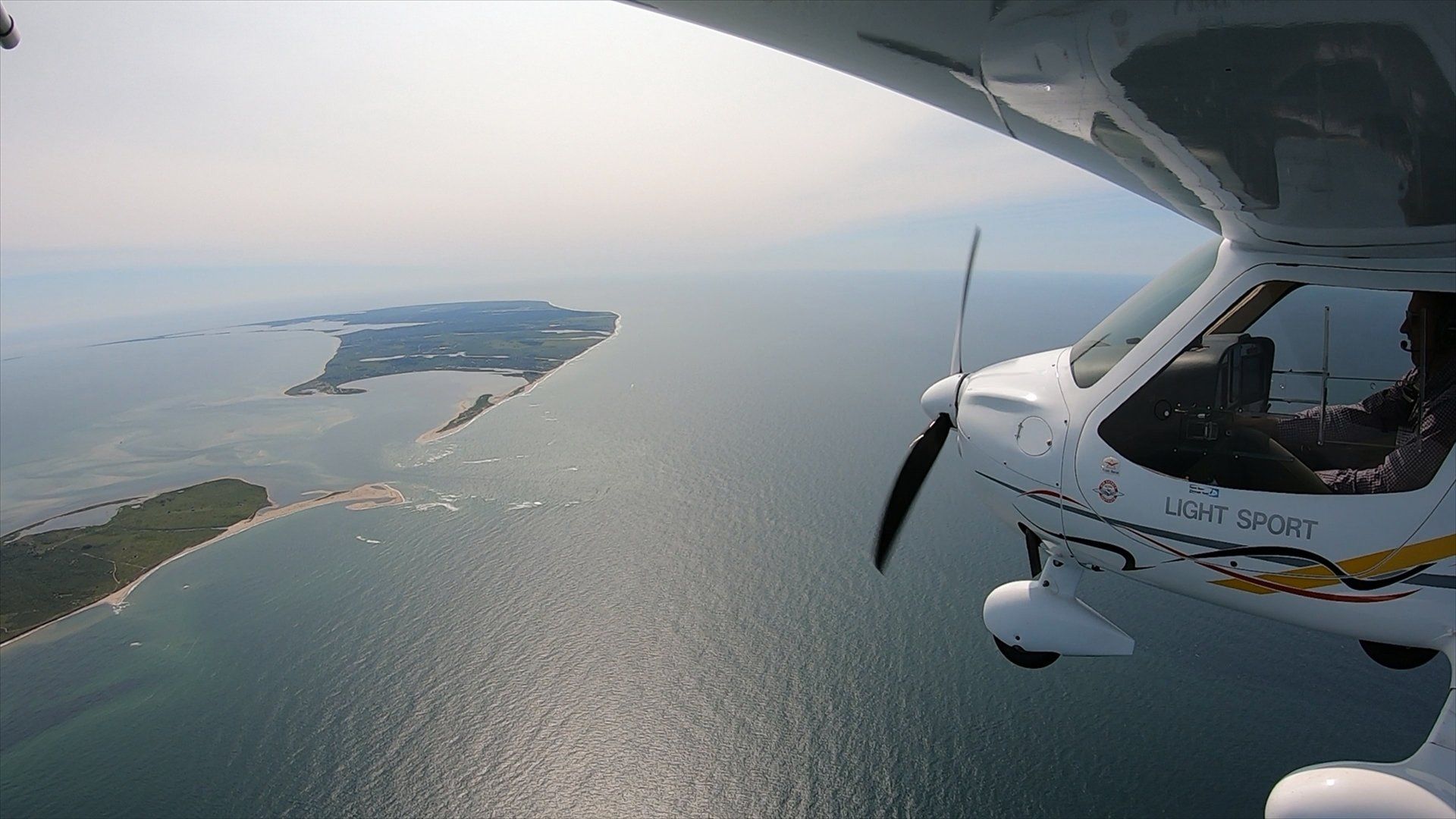
In October 1919, sixty-three planes took off in a transcontinental air race that had never been attempted before. Made up mostly of World War I pilots, the race was hatched by Brigadier General William Mitchell in an effort to bolster American aviation in the wake of the war. In those days, most Americans looked at flying as reserved for either members of the military or daredevils who made a living doing barrel rolls over county fairs. Few saw the practical purposes of flight, that someday it would forever alter life as they knew it. But the Air Derby of 1919 set out to change that.
“It was this threshold moment in aviation history,” Lancaster described. “It was right after World War I, before Charles Lindbergh. There really wasn’t any commercial aviation to speak of. This race served as a demonstration of the practical potential of aviation, to show that you could actually knit the country together by air.”

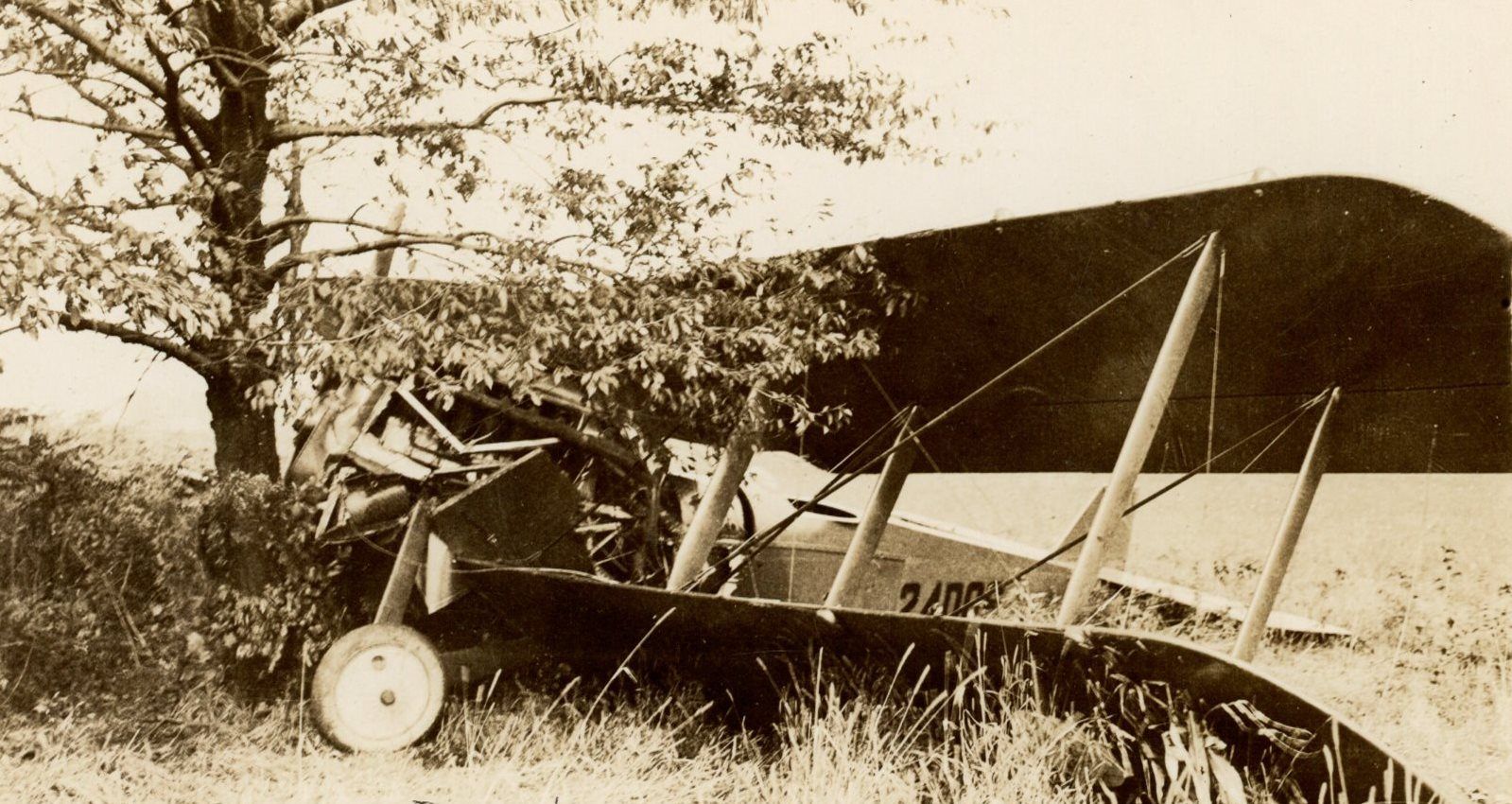
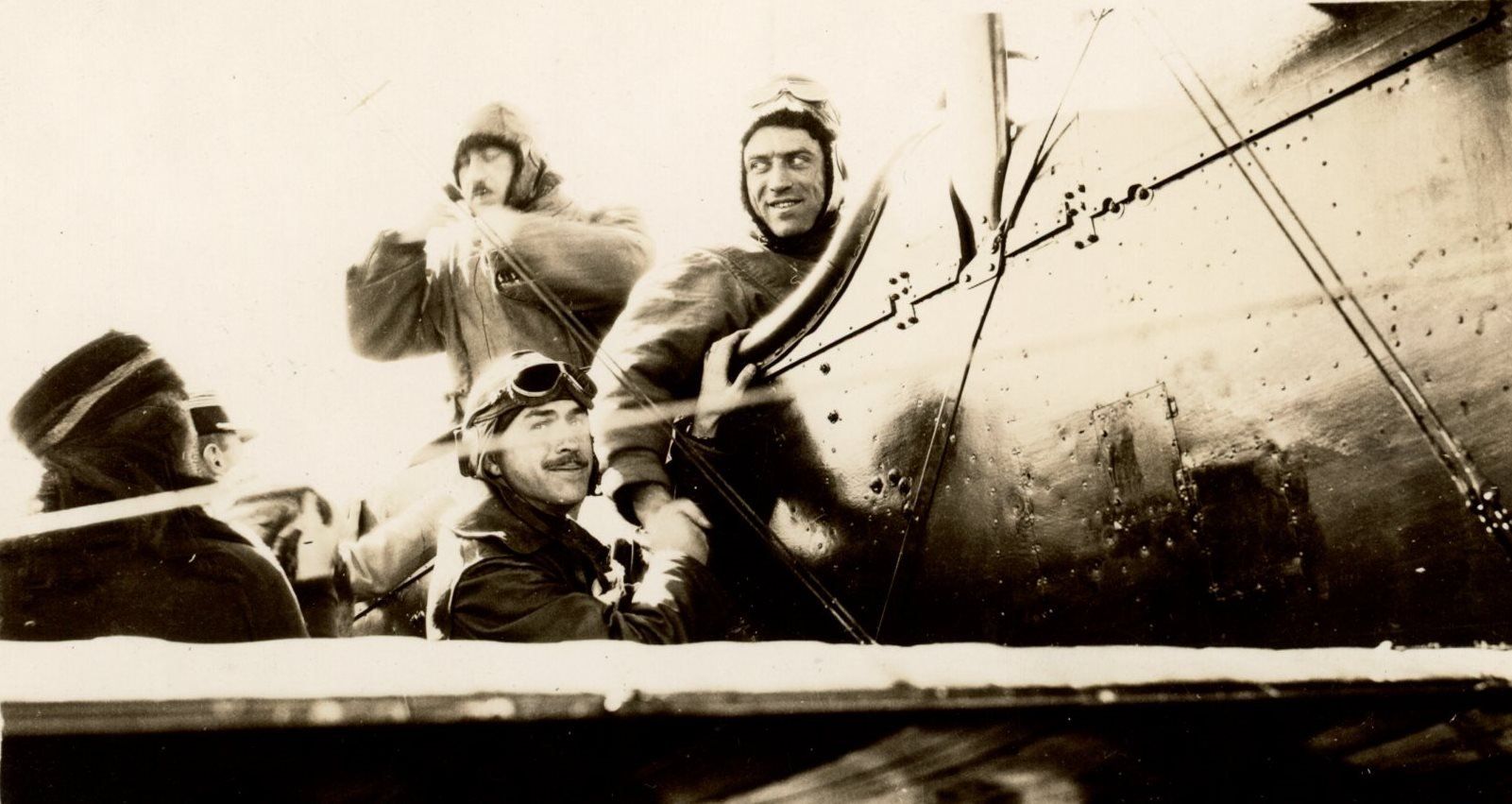
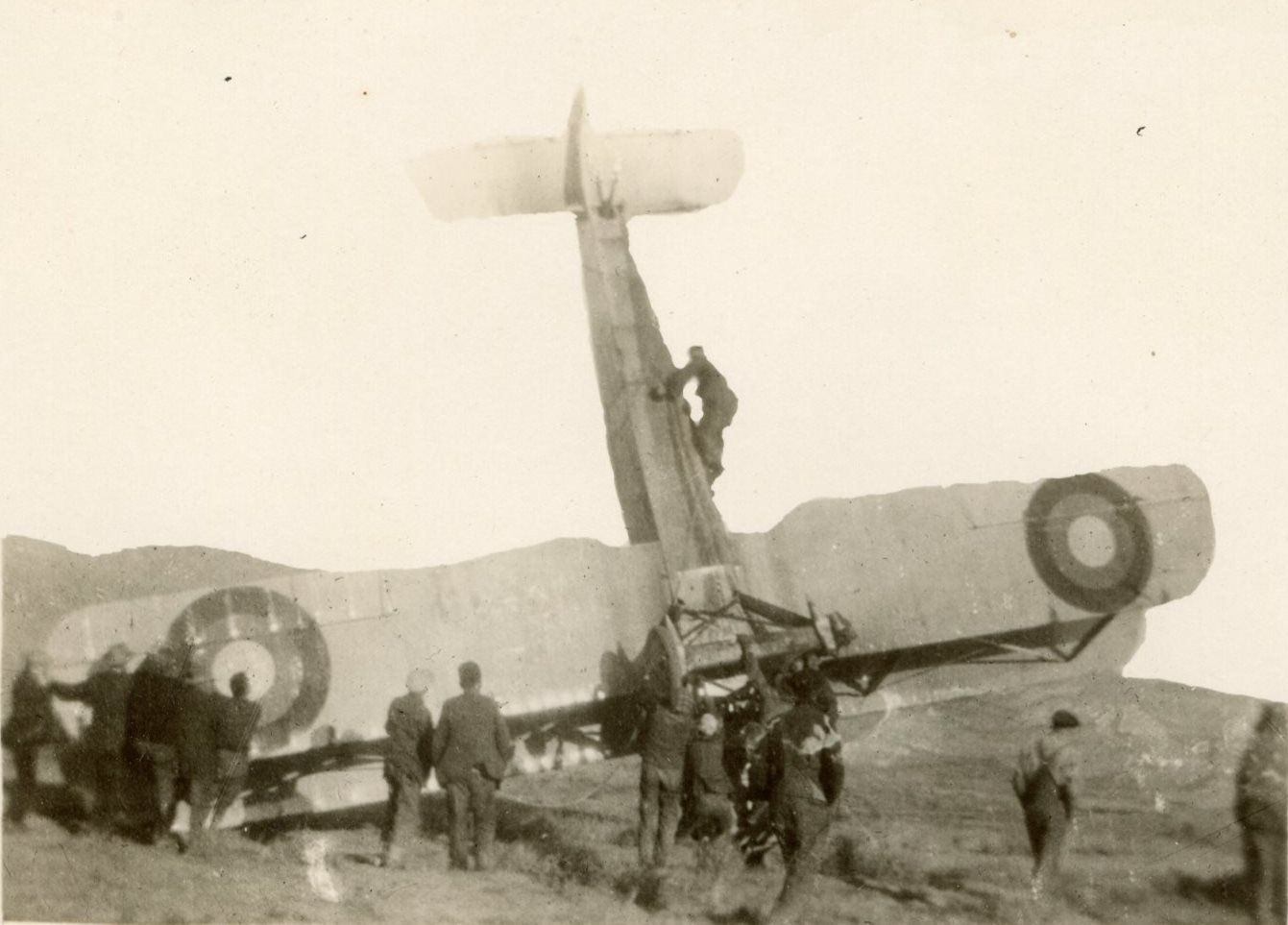
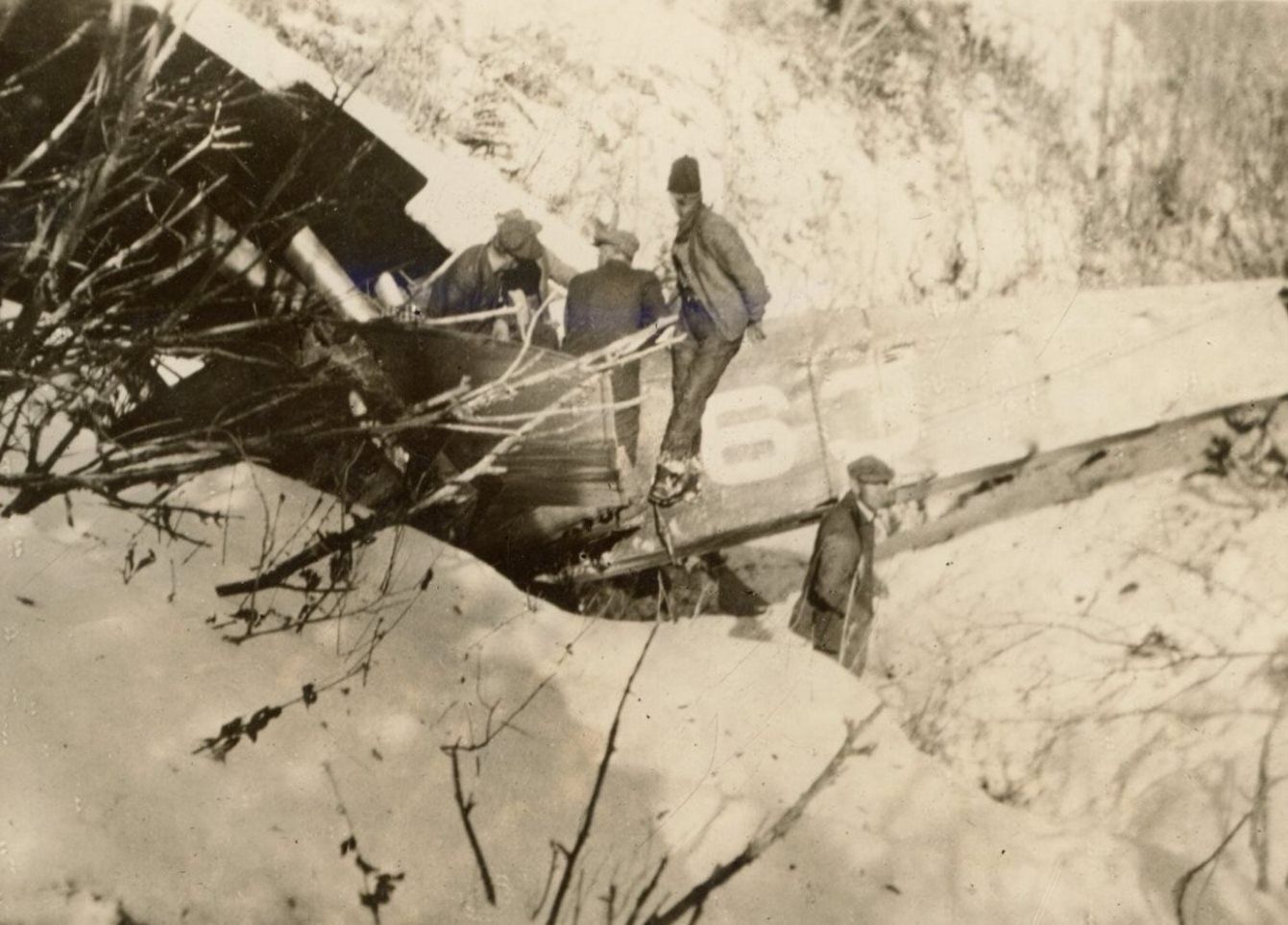
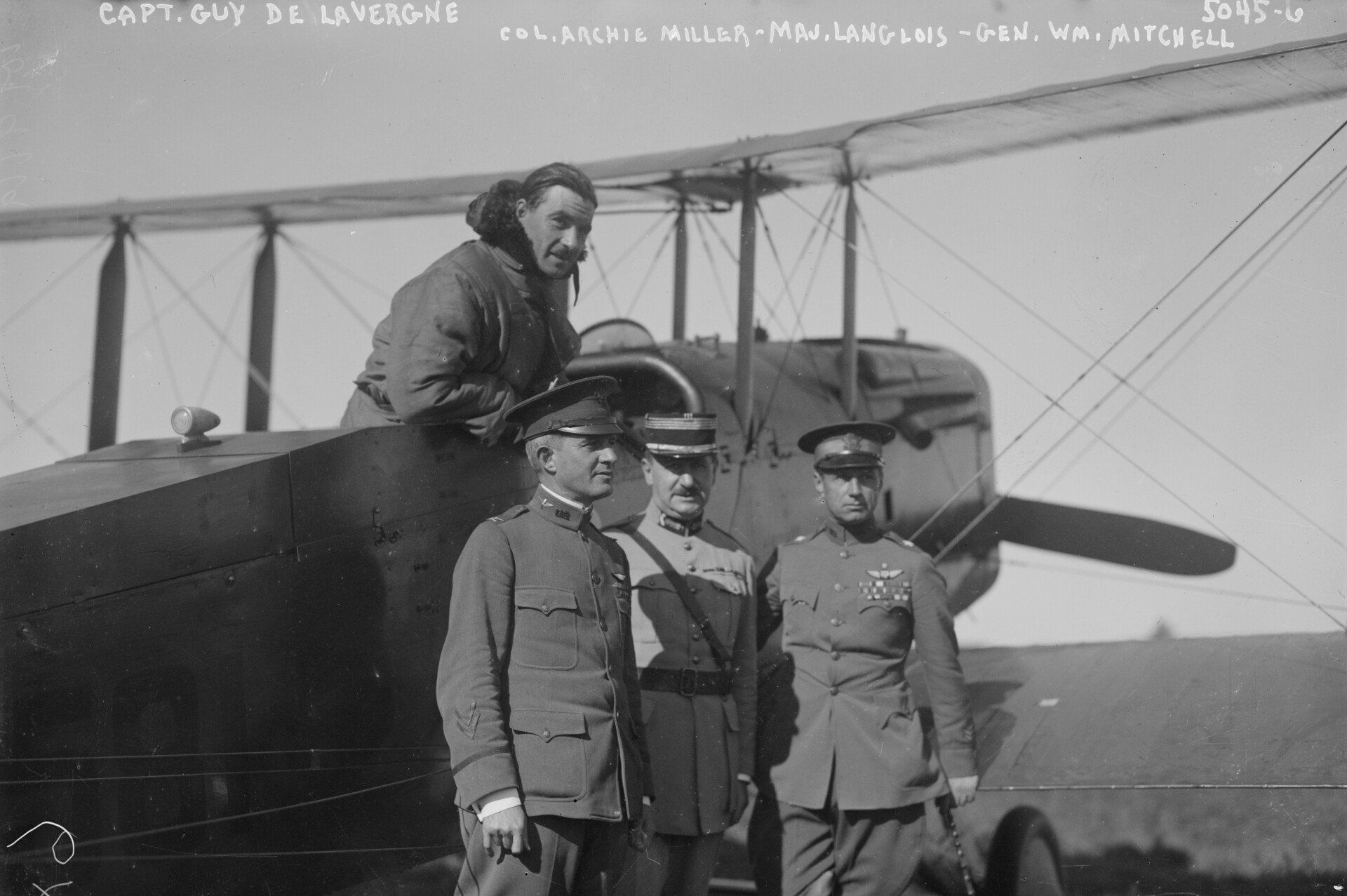
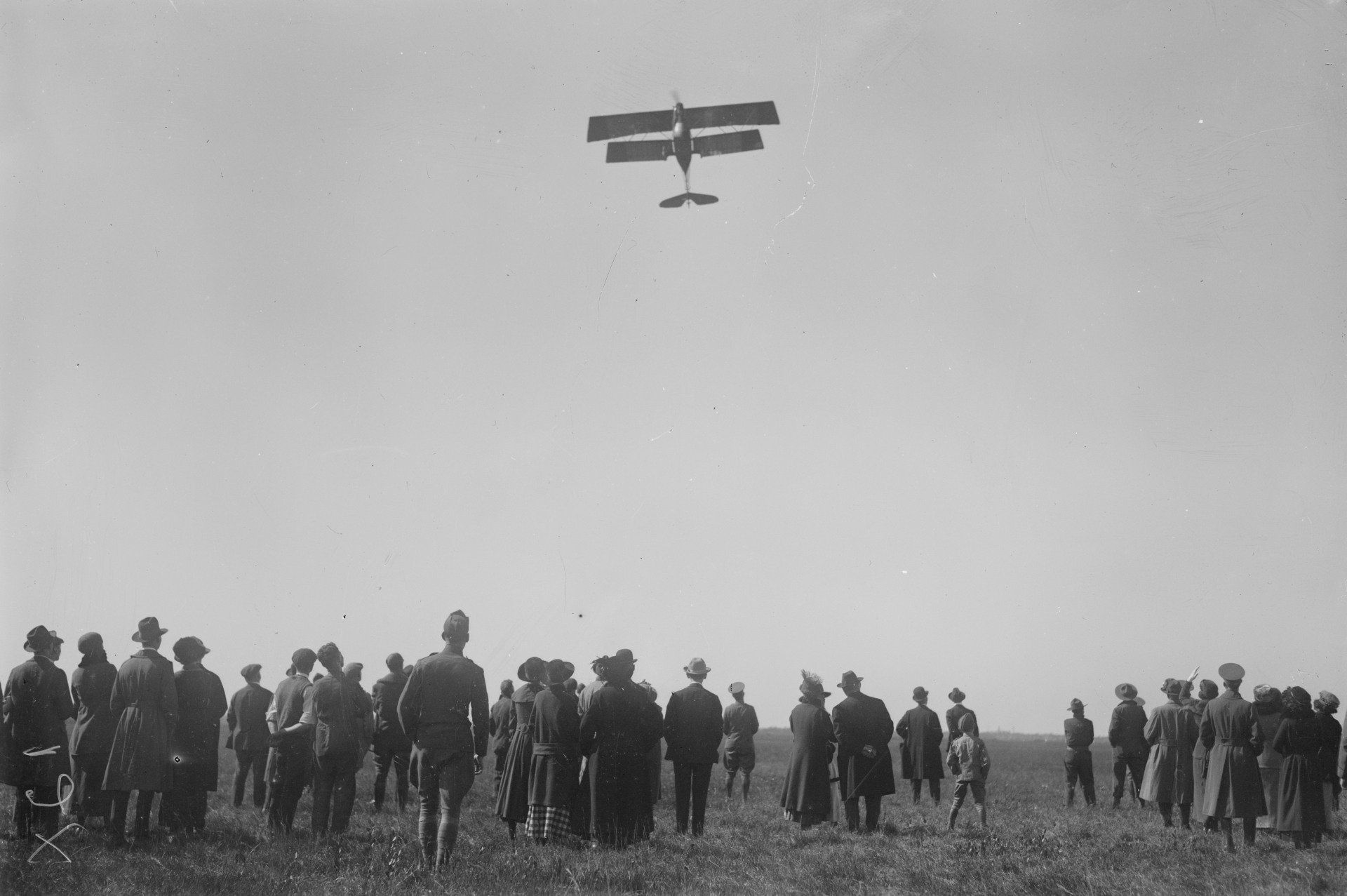

Covered by newspapers from coast to coast, including eight front-page stories in The New York Times, the Air Derby emerged as a high-flying story of adventure never seen before. Of the sixty-three planes that took off, fifty-four crashed. Seven pilots were killed. As Lancaster read whatever he could get his hands on about the race, mostly old newspaper clippings, he was shocked to discover that a book had yet to be written on the subject. His father’s advice had paid off.
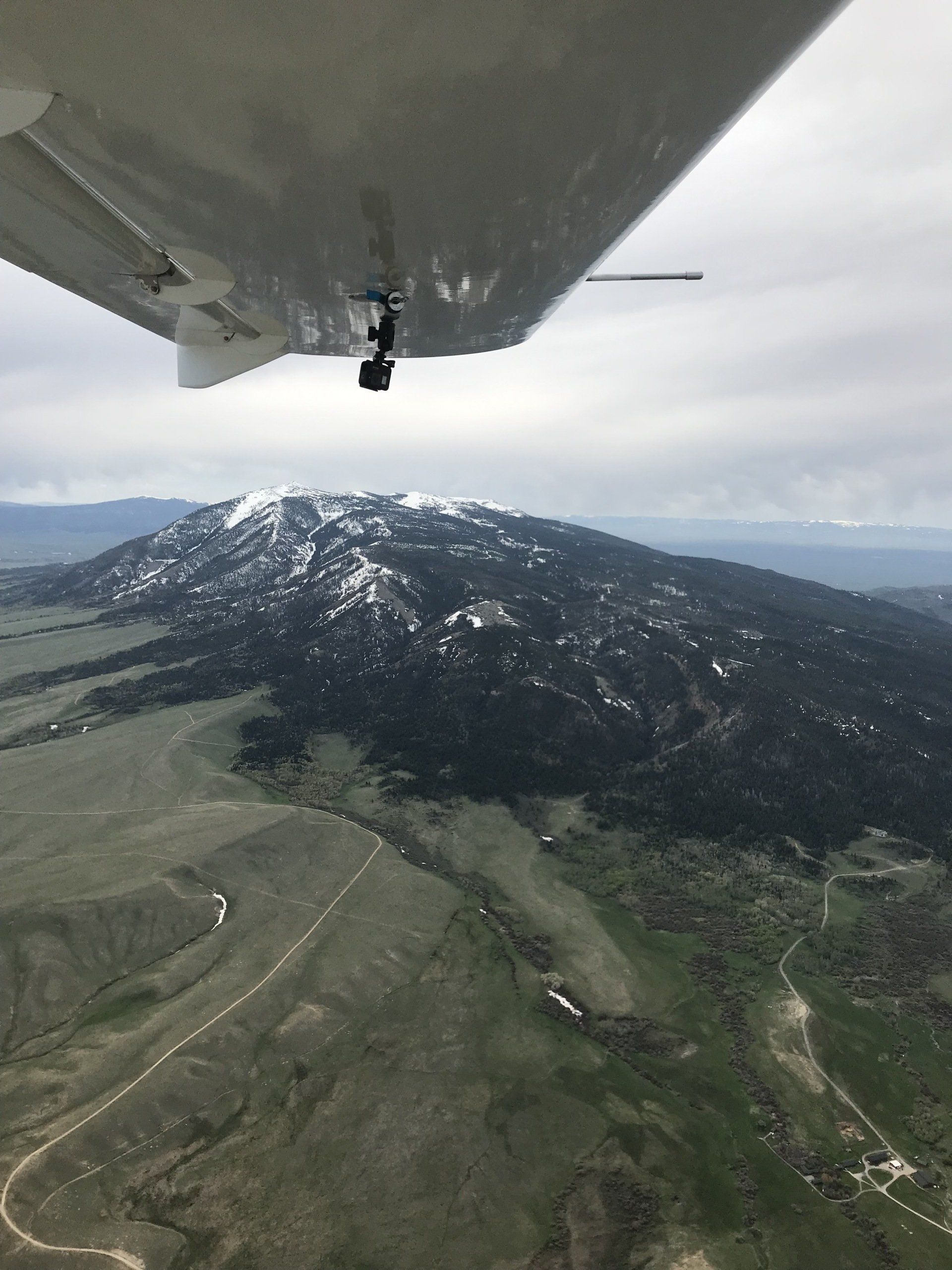
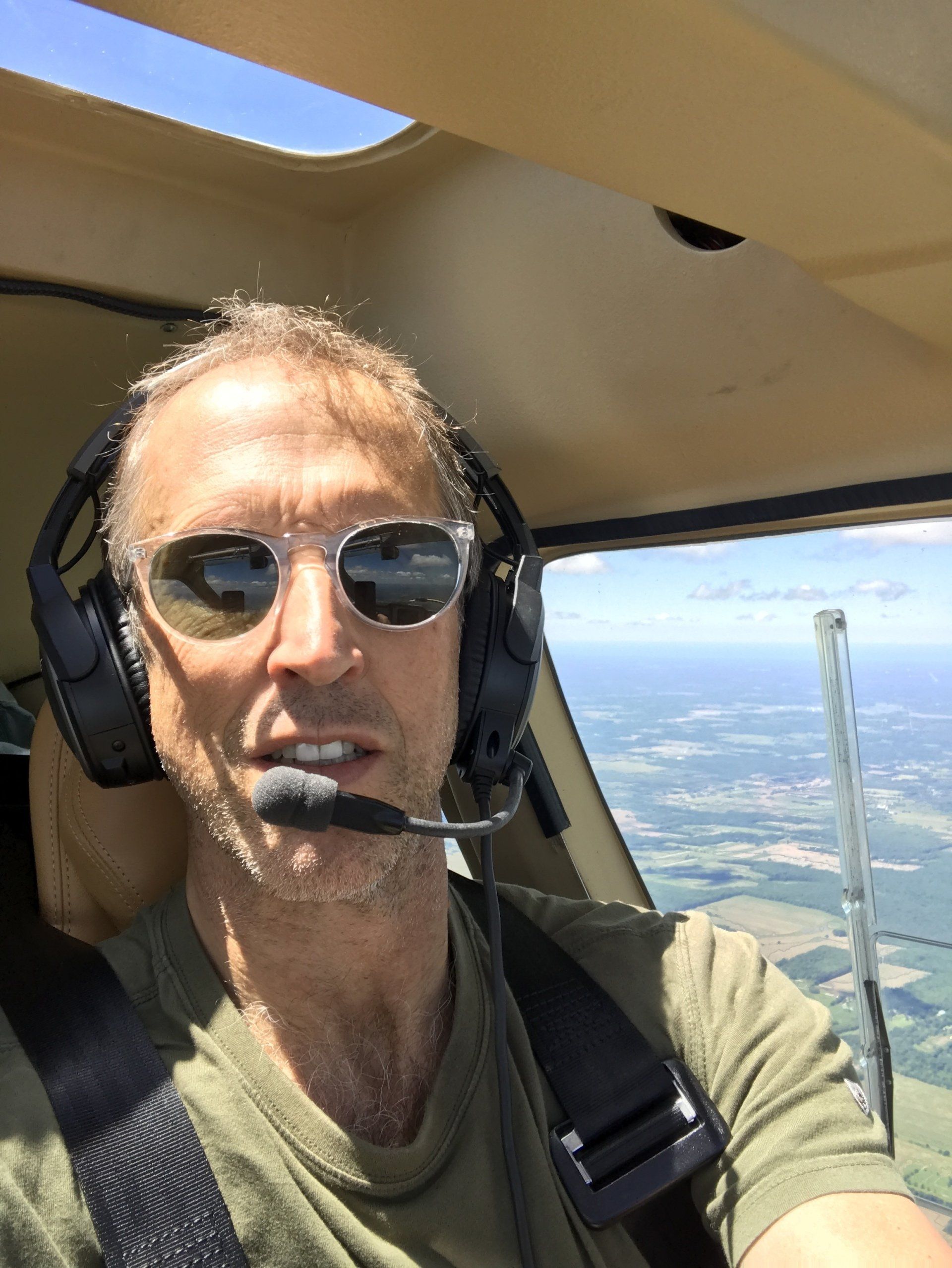
Due out on November 15th, Lancaster’s The Great Air Race: Death, Glory, and the Dawn of American Aviation is written in a gripping, cinematic style. Lancaster puts readers in the cockpit with a lineup of bold, larger-than-life characters that were the precursor to the Greatest Generation. “These guys were borderline crazy,” Lancaster said. “They took risks that to my way of thinking we’re kind of unfathomable.” While most of his research could be done from the safety of a library, in order to accurately portray what the pilots were seeing from the air as they crossed the country, Lancaster dusted off his pilot’s license and slid back in the cockpit.
Returning to the airfield on Nantucket, where he and his wife, Gail Walker, had since bought their own home in Sconset, Lancaster renewed his license. He then purchased a plane, a tiny single prop STLSi GT that, among other high-tech instruments for weather and navigation as well as the fuel efficiency to only burn 4.3 gallons per hour, was equipped with a parachute that, in theory, would return Lancaster and the entire plane safely to the ground in the event of an emergency. “Bear in mind, I wasn’t that experienced when I did this,” Lancaster said. “I was arguably not necessarily qualified to do it ...I only had maybe less than two hundred hours of flight time.”
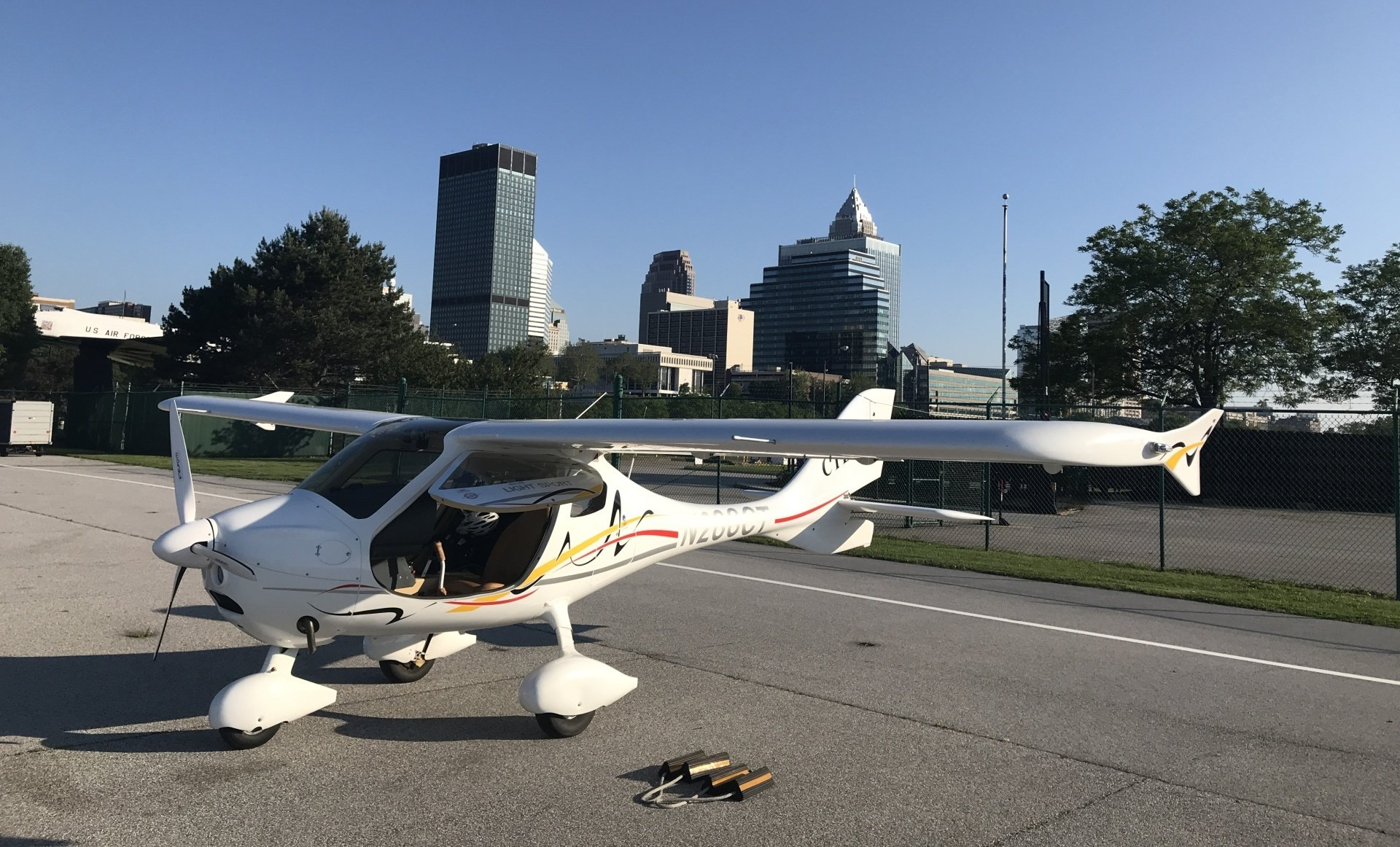
Thankfully, aside from a few tense moments landing in gusting winds in Nebraska and not throttling hard enough to take off in Salt Lake City, Lancaster completed the historic transcontinental route from Republic Airport in Farmingdale on Long Island to San Carlos Airport on the San Francisco Peninsula and back again safely in twenty-three days. Along with gaining perspective on the world those old pilots saw, Lancaster also tapped into their shared passion for flying that helped power him forward when he first sat down to write, at that point without either an agent or a publisher. After a year of research, his gamble paid off when he signed with an agent who landed him a deal with Liveright, an imprint of W.W. Norton & Company whose most recent publications include a Pulitzer Prize winner.
Now sitting in his home in Sconset, Lancaster is eagerly awaiting the launch of his book on November 15th. He has since sold his plane, not out of lack of interest but out of a lack of time. “Owning a plane is like having a second family,” he said. “I didn’t realize how much of a time commitment it was until I owned one.” These days Lancaster gets his highs surfing and foil boarding in Nantucket’s waters. He still has a soaring passion for flying, which someday he plans to revisit. Until that time, Lancaster can fly vicariously through the brave men who took to the air in 1919 and who unknowingly set in motion an adventure some one hundred years later.

